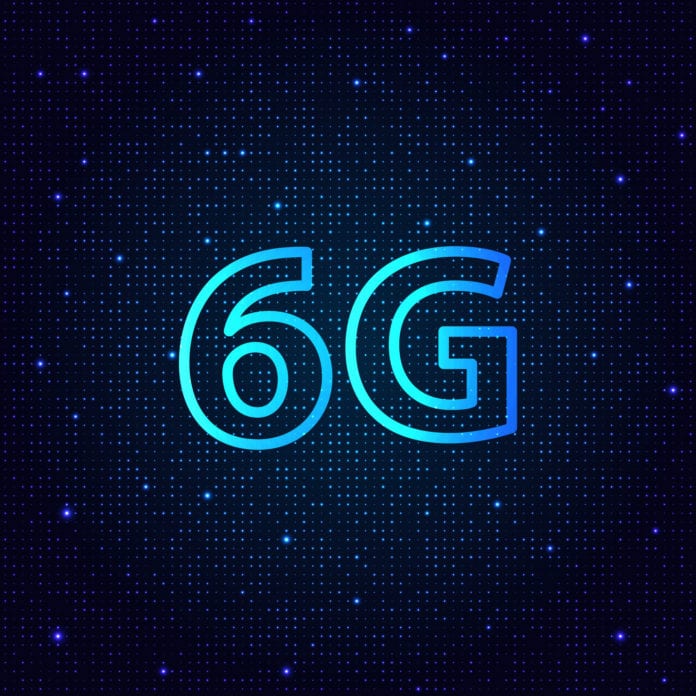We are all talking about how 5G is changing everything, but 6G is coming on quickly and that is even more disruptive. With their third prototype, Optipulse says they have discovered a new light source which sends invisible and eye-safe photons wirelessly from one pole or one building to another at 10 Gbps. They do this with a miniature chip which sends wireless data faster than the current 5G Radio Frequency (RF) emitters.
Using this faster RF, they have tested error free at 25 Gbps. What this means is light is turned on and off at a rate of 25 billion times per second. They don’t use cables. Instead, they send data over a laser-type beam of invisible light.
Optipulse uses smartpoles to transmit data over water, through cities
This is what Internet Service Providers need in certain areas of their networks. Communications companies need speed with their network expansion. They need the ability to install in cities without digging up streets and sidewalks or going through rivers or lakes.
Optical wireless communications or OWC is a type of optical communications. It uses visible, infrared (IR) or ultraviolet (UV) to carry data for shorter range communications in cities, over water and so on.
This is an emerging space. I get the sense it will one day be filled with competitors as data networks and the Internet continue to grow in urban and rural America.
Optipulse uses smartpoles rather than cable to transmit data over, not under water, sidewalks or streets.
They say evaluation links of this new technology are being tested in the fourth quarter of 2021 and will be shipped in the second quarter of 2022. These 6G modules and evaluation boards will be available to developers in the third quarter, later this year.
OWC reduces costs and increases performance
This technology both reduces costs and increases performance. Plus, these prototypes use less energy than a microwave on a per bit basis. This means less energy is needed as bandwidth deployment continues to grow in years to come.
The first goal is to make links that plug into current infrastructure, upgrading to better performance.
There is also another goal using a Smartpole, which connects to other poles roughly four blocks apart. These Smartpoles are said to distribute connectivity to home and businesses in the area at a lower cost.
Autonomous driving, telehealth, distance learning require 5G
Optical Wireless Communications will be an important tool for builders of the Internet all over the USA and in fact, the world. It sends Internet data traffic or data through the air in areas where a wired Internet would be more costly, time consuming and inappropriate.
Consider when an ISP is building a network and reaches a stream, river or lake. Rather than the time and expense of getting permission from the landowners and the various government agencies, they could simply install these towers and broadcast the data stream over the river.
In addition, this is also much more affordable and offers a higher degree of performance in cities where instead of digging up pavement and burying cable, simply transmit data wirelessly.
Transmit data using invisible, eye-safe, low-latency light waves
There are so many new areas that require this kind of always on, fast connectivity. Think connected cars or autonomous driving, health care or telehealth, distance learning and so much more.
There are many ways OWC can improve the speed, reliability and capacity of our Internet and data networks, at a fraction of the time and cost.
In fact, the U.S. Army and several rural networks including Sacred Wind Communications and Plateau Communications are working with Optipulse, testing this technology.
We are expanding the internet and other data networks every day. When doing so, there are areas where cable makes sense and areas where another answer is needed. OWC looks like an emerging technology to fill this need.

